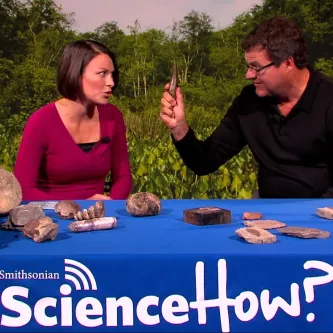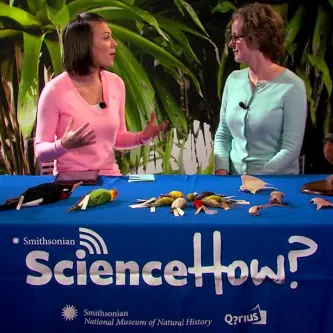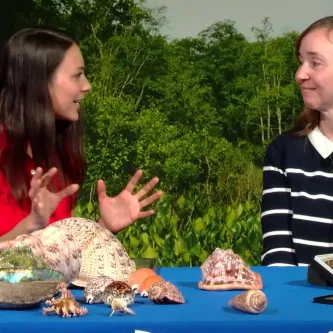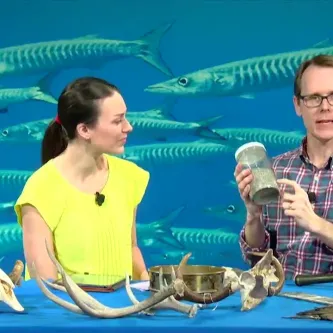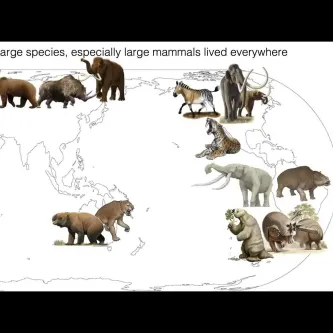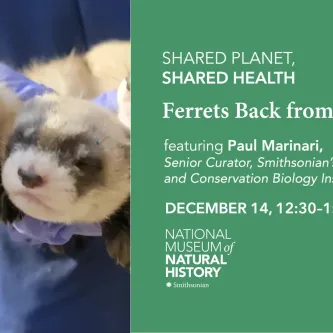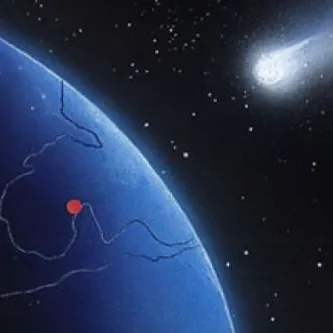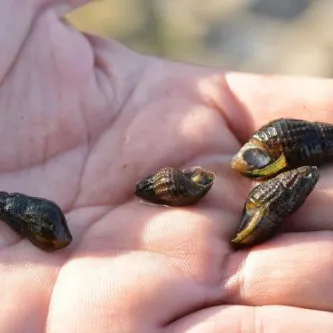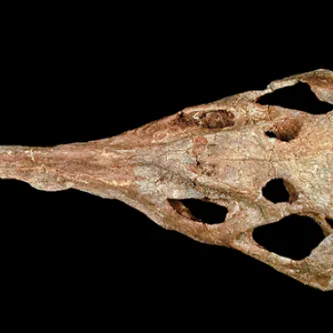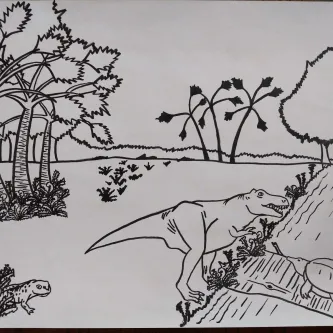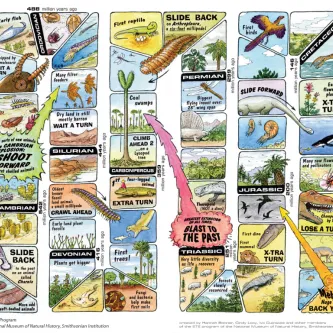Search
Extinction Over Time
Extinction of Plants and Animals
Extinction is the death of all members of a species of plants, animals, or other organisms. One of the most dramatic examples of a modern extinction is the passenger pigeon. Until the early 1800s, billions of passenger pigeons darkened the skies of the United States in spectacular migratory flocks. Easy to trap or shoot, passenger pigeons became a popular, cheap food. Commercial hunters killed them in vast numbers, eventually decimating the population. The last passenger pigeon, named Martha, died in the Cincinnati Zoological Garden in 1914, and was donated to the Smithsonian Institution.
Extinct Species List
The passenger pigeon is one of many hundreds of extinctions that have been caused by human activities in the past few centuries, such as:
- 1690 Dodo bird – extinct from predation by introduced pigs and cats
- 1768 Stellar’s sea cow – extinct from hunting for fur and oil
- 1870 Labrador duck – extinct from human competition for mussels and other shellfish
- 1900 Rocky mountain locust – extinct from habitat conversion to farmland
- 1936 Thylacine (Tasmanian tiger or wolf) – extinct from hunting, habitat loss, and competition with dogs
- 1952 Deepwater cisco fish – extinct from competition and predation by introduced fishes
- 1962 Hawaii chaff flower – extinct from habitat conversion to military installations
- 1989 Golden toad – extinct from climate change or other impacts
- 2004 St. Helena olive tree – extinct from logging and plantations
Extinction Rates
Recent studies estimate about eight million species on Earth, of which at least 15,000 are threatened with extinction. It’s hard to pinpoint the exact extinction rate because many endangered species have not been identified or studied yet. A number of scientists grapple with improving methods for estimating extinction rates.
Regardless, scientists agree that today’s extinction rate is hundreds, or even thousands, of times higher than the natural baseline rate. Judging from the fossil record, the baseline extinction rate is about one species per every one million species per year. Scientists are racing to catalogue the biodiversity on Earth, working against the clock as extinctions continue to occur.
Five Mass Extinctions
At five other times in the past, rates of extinction have soared. These are called mass extinctions, when huge numbers of species disappear in a relatively short period of time. Paleontologists know about these extinctions from remains of organisms with durable skeletons that fossilized.
1. End of the Cretaceous (66 million years ago): Extinction of many species in both marine and terrestrial habitats including pterosaurs, mosasaurs and other marine reptiles, many insects, and all non-Avian dinosaurs. The scientific consensus is that this mass extinction was caused by environmental consequences from the impact of a large asteroid hitting Earth in the vicinity of what is now Mexico.
2. Late Triassic (199 million years ago): Extinction of many marine sponges, gastropods, bivalves, cephalopods, brachiopods, as well as some terrestrial insects and vertebrates. The extinction coincides with massive volcanic eruptions along the margins of what is now the Atlantic Ocean.
3. End Permian (252 million years ago): Earth’s largest extinction event, decimating most marine species such as all trilobites, plus insects and other terrestrial animals. Most scientific evidence suggests the causes were global warming and atmospheric changes associated with huge volcanic eruptions in what is now Siberia.
4. Late Devonian (378 million years ago): Extinction of many marine species, including corals, brachiopods, and single-celled foraminiferans, from causes that are not well understood yet.
5. Late Ordovician (447 million years ago): Extinction of marine organisms such as some bryozoans, reef-building brachiopods, trilobites, graptolites, and conodonts as a result of global cooling, glaciation, and lower sea levels.
Smithsonian Paleobiologists continue to study the role that past extinctions had on plants, animals, and other species. Dr. Gene Hunt studies how the relatedness and diversity of organisms relates to what happens to them in an extinction event. Dr. Richard Bambach conducts research on variation in marine biodiversity in relation to different extinction events. By studying the evolution and extinction of tiny organisms called foraminifera, Dr. Brian Huber assesses how Earth's conditions have changed over time.
Are We Part of a Sixth Mass Extinction?
At the end of the last ice age, 10,000 years ago, many North American animals went extinct, including mammoths, mastodons, and glyptodonts. While climate changes were a factor, paleontologists have evidence that overhunting by humans was also to blame. Early humans worked cooperatively to trap and slaughter large animals in pits. About the same time, humans began farming, settling down and making drastic changes in the habitats of other species.
Starting in the 1800s, industrialization drove up extinction rates and has continued to do so. For example, Chinese river dolphins, foothill yellow-legged frogs, and sockeye salmon are among the many species currently endangered by water pollution, dams, and other industrial pressures on rivers. Smithsonian Anthropologist Dr. Torben Rick leads an effort to understand how human activities affect biodiversity by studying interactions between humans and other species in the Channel Islands from ancient to modern times.
Preventing Extinction
The science of conservation biology focuses on managing ecosystems to prevent species from going extinct. Because we can’t protect everything, conservation efforts target particular species or habitats. Smithsonian scientist Dr. Brian Gratwicke is the “amphibian avenger” for his work to save populations of frogs from extinction. The Smithsonian is part of an alliance of institutions (Global Tiger Initiative) working to save wild tigers from extinction.
The value of a species may be judged by various criteria, depending on who is making decisions about what to conserve. For example, cultural value is important in efforts to conserve populations of Pacific salmon. A Smithsonian exhibit in the Sant Ocean Hall shows how salmon for centuries have shaped a way of life for Native Americans living in the Pacific Northwest.
Reversing Extinction
Recent improvements in genetic engineering have raised questions about bringing extinct species back to life. Since Dolly the sheep was cloned in 1996, scientists know it is possible to create an organism from the DNA in a single cell. Stored in museum collections throughout the world are specimens of extinct animals containing DNA. The idea of using DNA to revive extinct species and repopulating them is controversial. How would we choose which ones? How would they impact species still on Earth?
